- Home
- Articles
- Architectural Portfolio
- Architectral Presentation
- Inspirational Stories
- Architecture News
- Visualization
- BIM Industry
- Facade Design
- Parametric Design
- Career
- Landscape Architecture
- Construction
- Artificial Intelligence
- Sketching
- Design Softwares
- Diagrams
- Writing
- Architectural Tips
- Sustainability
- Courses
- Concept
- Technology
- History & Heritage
- Future of Architecture
- Guides & How-To
- Art & Culture
- Projects
- Interior Design
- Competitions
- Jobs
- Store
- Tools
- More
- Home
- Articles
- Architectural Portfolio
- Architectral Presentation
- Inspirational Stories
- Architecture News
- Visualization
- BIM Industry
- Facade Design
- Parametric Design
- Career
- Landscape Architecture
- Construction
- Artificial Intelligence
- Sketching
- Design Softwares
- Diagrams
- Writing
- Architectural Tips
- Sustainability
- Courses
- Concept
- Technology
- History & Heritage
- Future of Architecture
- Guides & How-To
- Art & Culture
- Projects
- Interior Design
- Competitions
- Jobs
- Store
- Tools
- More
Ultimate Guide on How to Design a Garden: Steps for a Stunning Outdoor Space
Unlock the secrets to designing a beautiful garden that reflects your personal style and enhances your environment. This comprehensive guide covers essential steps, from assessing your space and understanding sunlight conditions to choosing the right plants for each season. Explore popular garden styles and discover design principles that create visual harmony.

Designing a garden is more than just planting flowers; it’s about creating a vibrant space that reflects our style and enhances our environment. Whether we have a sprawling backyard or a cozy balcony, the right design can transform any area into a personal oasis.
We’ll explore the essential steps to crafting a beautiful garden that suits our needs and preferences. From choosing the right plants to considering layout and functionality, every decision plays a vital role in achieving our dream garden. Let’s dig into the exciting world of landscaping and design and uncover how we can cultivate a stunning landscape that brings joy and tranquility to our lives.

Table of Contents
ToggleUnderstanding Your Space
Understanding our garden space is crucial for designing an effective and attractive landscape. We can create a garden that thrives by assessing the area and factoring in sunlight and soil conditions.

Assessing Available Area
Assessing our available area clarifies how much space we can utilize. We should measure the dimensions of our garden, noting any existing structures, pathways, or physical barriers that may impact design choices. We can categorize available space in the following ways:
- Width and length: Define the overall size to determine potential layout options.
- Shape: Recognize whether the area is rectangular, square, or irregular, influencing design possibilities.
- Existing features: Identify trees, fences, and buildings that might dictate planting strategies and determine focal points.
Evaluating Sunlight and Soil Conditions
Evaluating sunlight and soil conditions optimizes plant selection and placement. We can analyze our garden by considering the following:
- Sunlight exposure: Track sunlight patterns throughout the day, identifying areas with full sun, partial shade, or full shade, as this affects plant choice and growth.
- Soil type: Test soil texture—whether it’s sandy, clay, or loamy—affecting drainage and nutrient availability.
- Soil pH: Conduct a soil pH test to assess acidity or alkalinity, guiding plant selection tailored to favorable conditions.
Understanding these aspects of our space enhances our ability to design a garden that flourishes and reflects our personal style.
Planning Your Garden Design
We focus on thoughtful planning to ensure our garden design meets our needs and enhances our space. Careful consideration of our goals, objectives, and preferred style lays the foundation for a successful garden.

Setting Goals and Objectives
We begin by establishing clear goals for our garden. Defining what we want ensures the design aligns with our vision. Some goals may include:
- Creating a space for relaxation and enjoyment, like seating areas or water features.
- Producing fruits, vegetables, or herbs for consumption, which requires designated planting areas.
- Attracting wildlife, such as birds and butterflies, by selecting specific plants and providing habitat.
- Reducing maintenance efforts, leading to the selection of low-maintenance plants and efficient layouts.
By prioritizing our objectives, we’re capable of crafting a focused design strategy that enhances our overall garden experience.
Choosing a Garden Style
Choosing a garden style involves matching our design to personal taste and the surrounding environment. Several popular styles include:
- Formal Gardens: Characterized by geometric shapes, symmetrical lines, and well-defined boundaries.
- Cottage Gardens: Renowned for their whimsical layout and a mix of flowering plants, herbs, and vegetables.
- Modern Gardens: Feature minimalist designs, clean lines, and an emphasis on architectural elements.
- Xeriscape Gardens: Focus on drought-resistant plants, reducing water usage and promoting sustainability.
We reflect on our preferences and the characteristics of our space to select a style that resonates with us and integrates seamlessly into our surroundings.
Selecting Plants for Your Garden
Selecting plants plays a crucial role in achieving a vibrant garden. We focus on understanding plant varieties and considering seasonal changes to enhance our garden’s beauty year-round.

Understanding Plant Varieties
We explore different plant varieties based on their characteristics and growing requirements. Annuals provide consistent color, while perennials offer longevity and returning blooms. Selecting native plants supports local ecosystems and minimizes maintenance. Consider the following types of plants:
- Annuals: These plants bloom for one season, creating instant color. Examples include petunias and marigolds.
- Perennials: These plants return year after year, offering reliable structure. Examples include daylilies and peonies.
- Shrubs: These woody plants add depth and can act as privacy screens. Examples include boxwood and hydrangea.
- Trees: Using trees creates shade and height, enhancing the garden’s dimensions. Examples include maple and oak.
- Ground Covers: These low-growing plants fill in gaps and suppress weeds. Examples include creeping thyme and sedum.
By mixing these varieties, we achieve a dynamic and interesting landscape, creating year-round interest.
Considering Seasonal Changes
We acknowledge the impact of seasonal changes on plant selection. Choosing plants that bloom in different seasons ensures visual appeal throughout the year. Assessing our local climate helps us pick varieties that thrive in specific temperatures and moisture levels. Here’s a breakdown of seasonal considerations:
- Spring Blooms: Select plants like tulips and daffodils to enjoy early color.
- Summer Colors: Incorporate plants like coneflowers and zinnias for vibrant summer displays.
- Fall Foliage: Choose plants with stunning autumn colors, such as chrysanthemums and burning bush.
- Winter Interest: Select evergreens and plants with striking bark or berries, like holly or winterberry, to maintain garden appeal in winter.
By thoughtfully considering seasonal changes, we create a garden that evolves with the seasons, providing continual beauty and interest.
Implementing Design Principles
Implementing key design principles enhances both the aesthetic appeal and functionality of our gardens. Focus on balance, proportion, and the careful placement of focal points and pathways to create a cohesive space.

Balance and Proportion
Balance involves distributing visual weight evenly throughout the garden. We can achieve symmetry with identical features on either side of a central axis or asymmetry by arranging different elements that complement each other. Using proportion ensures that the size of plants and structures feels appropriate within the garden’s space. For example, large trees balance smaller shrubs and flowers, creating a layered and dynamic look.
Positioning larger features, like a pergola or water feature, in the background with smaller plants in the foreground also enhances depth. This strategic layering draws the eye across the space, adding interest and making the garden feel expansive.
Focal Points and Pathways
Focal points serve as visual anchors, guiding the viewer’s gaze and sparking interest. Garden elements like sculptures, benches, or vibrant flower clusters act as focal points. We should position these features strategically so that they capture attention and create a sense of purpose within the garden.
Pathways facilitate movement throughout the space, leading visitors from one focal point to another. Choose materials like gravel, pavers, or stepping stones to define pathways. Curved paths offer a relaxed, organic feel, while straight paths lend a formal touch. Consider integrating plantings alongside the pathways to enhance the experience, creating a sensory journey through our garden. Ensuring pathways are accessible and well-lit increases usability, allowing us to enjoy the garden at all times.
Maintenance and Sustainability
Maintaining our garden effectively promotes sustainability and ensures long-term enjoyment. By implementing smart practices, we can keep our gardens thriving while minimizing our environmental impact.

Watering and Fertilization Tips
- Watering Schedule: Watering early in the morning or late in the afternoon reduces evaporation. Aim for 1 inch of water per week, adjusting based on weather conditions.
- Soil Moisture: Check soil moisture with a finger test. If the top inch is dry, water plants deeply at their base to encourage root growth.
- Rainwater Harvesting: Collect rainwater in barrels for irrigation. This practice conserves water and lowers demand on municipal sources.
- Natural Fertilizers: Use organic fertilizers like compost, worm castings, or fish emulsion. These improve soil health while providing essential nutrients to plants.
- Slow-Release Options: Incorporate slow-release fertilizers for consistent feeding. These reduce the risk of nutrient runoff and promote steady growth.
- Mulching: Apply mulch around plants to retain moisture, suppress weeds, and regulate soil temperature. Organic mulches like straw or bark also enrich the soil as they decompose.
Sustainable Gardening Practices
- Native Plants: Choose native species for lower water and maintenance needs. These plants attract local wildlife and support biodiversity.
- Companion Planting: Plant compatible species together to enhance growth and deter pests. Examples include basil with tomatoes or marigolds with various vegetables.
- Crop Rotation: Practice crop rotation to prevent soil depletion and reduce pest buildup. This method improves overall soil health and productivity.
- Pesticide Alternatives: Implement natural pest control methods, such as insecticidal soap or neem oil. These options target pests while protecting beneficial insects.
- Composting: Create a compost bin for kitchen scraps and garden waste. Compost enriches soil, reduces landfill waste, and encourages a healthy ecosystem.
- Wildlife-Friendly Features: Include native plants, birdhouses, or butterfly gardens to attract and support local wildlife, enhancing the garden’s overall health.
By integrating these maintenance and sustainability techniques into our gardening routine, we promote a thriving environment that benefits both us and the ecosystem.
Conclusion
Designing a garden combines various elements that reflect personal style, enhance functionality, and promote sustainability. We understand the journey begins by assessing our garden space, which involves measuring dimensions and recognizing existing features. Evaluating sunlight and soil conditions provides essential insights for selecting the right plants.
Planning plays a critical role in our garden design. We establish clear objectives based on our needs, such as relaxation areas or food production. This focused approach lays the foundation for a cohesive design strategy.
Selecting a garden style that resonates with us ensures a harmonious integration into the environment. By exploring options like formal, cottage, modern, or xeriscape gardens, we find that our preferences significantly shape the overall aesthetic.
Choosing plants involves considering seasonal changes and the unique characteristics of various plant types, including annuals, perennials, shrubs, trees, and ground covers. By selecting specific plants for each season, we create a dynamic landscape that evolves throughout the year.
Implementing design principles enhances both the aesthetics and functionality of our gardens. We focus on balance, proportion, and the introduction of focal points and pathways to guide movement and create visual depth.
Lastly, maintaining our garden is crucial for its long-term beauty and ecological impact. Adopting effective upkeep strategies, including watering schedules and organic fertilizers, aligns with sustainable practices. By using native plants and embracing organic methods, we cultivate a garden that thrives for years to come.
- Backyard Landscaping
- create a beautiful garden
- designing a small garden
- DIY garden design
- garden aesthetics
- Garden Design
- garden design guide
- garden design inspiration
- garden layout ideas
- garden makeover tips
- garden planning
- how to design a garden
- how to plan a garden
- landscape design tips
- landscaping for beginners
- Outdoor Garden Design
- outdoor space ideas
- simple garden designs
- steps to garden design
- stunning garden ideas
Submit your architectural projects
Follow these steps for submission your project. Submission FormLatest Posts
Top Tips for a Healthy and Beautiful Backyard
A thriving backyard creates space for relaxation, gatherings, and moments of quiet...
Transform Your Garden with Artificial Turf Austin Solutions
Transforming your garden with artificial turf can be a game-changer, especially if...
What You Really Need to Create a Beautiful Yard
A beautiful yard is more than just an outdoor space, it’s a...
How to Choose the Right LED Grow Light for Your Indoor Garden
For indoor growers, it can be the difference between healthy, vibrant plants...




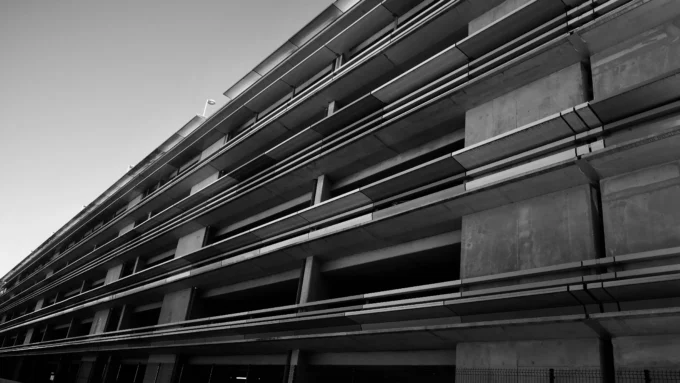


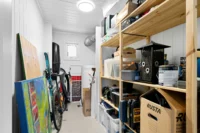
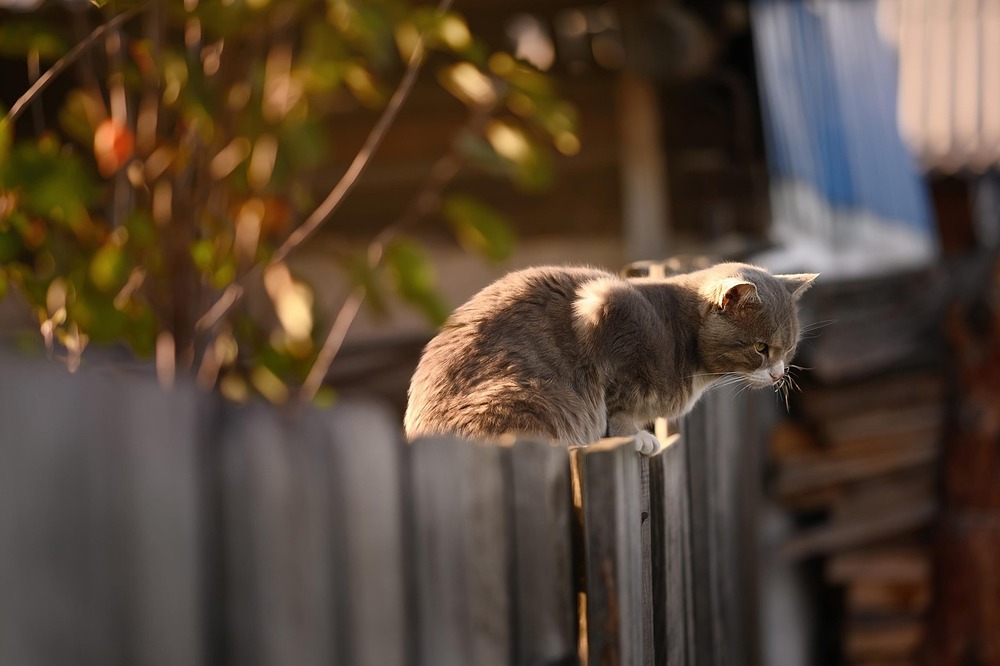
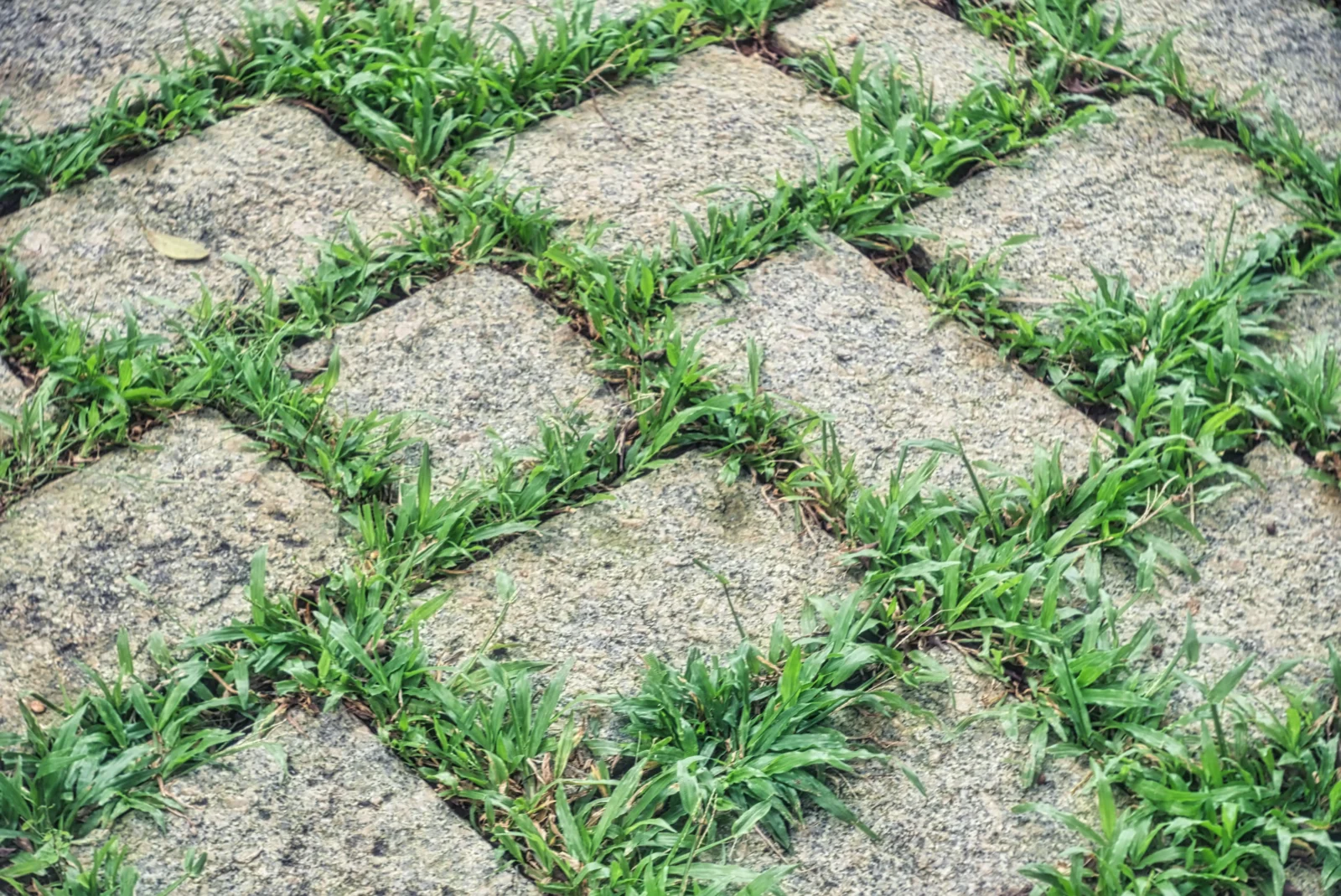
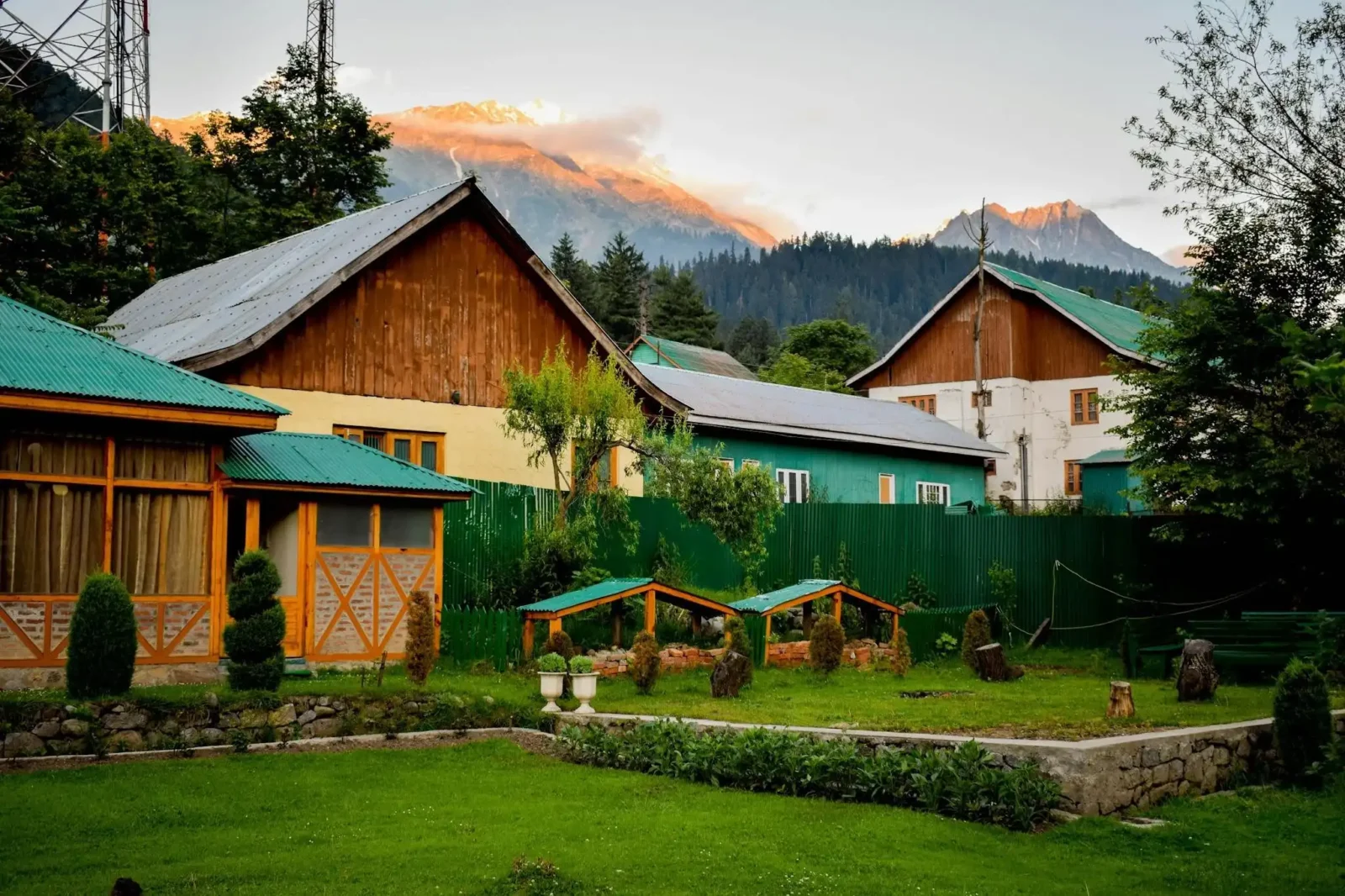

Leave a comment